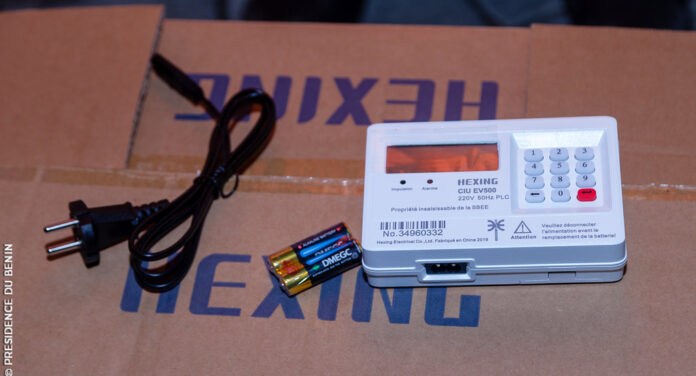What is PLC?
Safety PLCs constantly monitor plant failures that potentially affect people, machinery, or the atmosphere. The Safety PLC would respond by putting the plant inside a safe state when defined dangerous situations occur.
The detection capability of PLC
A safety PLC must detect over 99 percent of probable failures to attain a safety integrity level (SIL) of three (3). Various tests, including data verification and program flow control, are necessary to assess the diagnostic coverage. These tests verify that PLC stores are vital data and that the internal activities will be performed in the correct sequence. A safety PLC must also go through software-fault injection testing.
The result is that it might make diagnosing difficult and result in inadequate or erroneous status indicators. When attempting to establish several e-stop zones, there may be some trouble.
Similar to a regular PLC is a safety programmable logic controller (PLC). It may be used to automate and control machinery for the industrial sector. A safety PLC has integrated features that enable it to maintain safety systems and all the applications a regular PLC offers.
What about a safety PLC?
The advantages of a Safety PLC frequently exceed the higher purchase and maintenance expenses. Initial field wiring is often less expensive. They are versatile and expandable, have solid diagnostic capabilities, and provide a variety of e-stop zone applications.
Why use a safety PLC?
Even though the list price may be more than a regular PLC, the lifecycle expenses of owning a safe PLC for particular applications may be lower. A safety PLC can: Simplify overall design and support based on the complexity and size of the control task; Provide for design reuse and flexibility in a variety of applications; Reduce development time, installation, begin, and support (mean time to repair)
- Include easy-to-integrate diagnostics or essential features.
- Have a reasoning environment that maintenance workers are familiar
- Reduce installation costs by allowing I/O devices & diagnostics to make contacts via human-machine interfaces.
Safety Integrity Levels
SILs (Safety Instrumented Levels) define the degrees of reducing the risk a safety function may give and are used to measure non-tolerable risk. The ratings go from SIL1, the least vulnerable, to SIL4, which has the highest probability of failure. They’re also connected to the seriousness and frequency of the potential dangers. SILs estimate the likelihood of failure (a guess) and the performance level required to maintain & achieve the highest possible level of performance safety.
Three contributing factors influence SIL ratings:
- Hardware redundancy needs
- Certification or “previous use.”
- The likelihood of failure
Determination of data verification
Several rigorous tests on processes such as program flow control & data verification are used to determine the SIL rate. These tests ensure that the PLC’s core tasks are done correctly, and that vital data is stored correctly. Software-fault injection testing is also essential for safety PLCs. This entails loading corrupted code into the PLC to ensure it operates safely. Typically, safety PLCs are certified up the SIL3, which implies the diagnostic capabilities must be capable of detecting over 99 percent of the system’s probable defects.
When Is a Safety PLC Necessary?
This is definite by the safety regulations in your nation and the sector in which you create items. Food and beverage makers are subject to more stringent rules than other industries, so be sure you know your application’s safety standards.
What is the purpose of a safety relay?
“All–or–Nothing Useful for quickly with Positively Driven Contacts” is another name for them. This type of relay has mechanically coupled contacts. If a generally open (NO) or inner interaction is currently closed and a shutoff valve (NC) or breakdown contact cannot reclose.
Can PLC be replaced?
Safety PLCs could also be used to replace safety relays, saving money on both the additional parts and the time required to wire them. Systems implementation of safety PLCs is also more adaptable and straightforward to change. PLC is the case because the system only needs programming changes rather than hardware and wiring upgrades.
Advantages
So what are the benefits of such a safety PLC over a regular PLC? A safety PLC can do both safety and standard control, whereas a typical PLC can only perform the latter. Because safety relays are not required when utilizing a safety PLC to regulate a safety system, effort and cash are protected in field wiring. As a result, a safety system built around a safety PLC has a lot of flexibility. It is simple to adapt because it only requires programming modifications and no new relays or wire changes.
To avoid illegal variations, the safety program in the PLC could be sealed & password protected once the security system has been verified and certified. Specific models even feature integrated motion via Ethernet, which may be used to safely turn off various types of variable speed drives (VFDs).
Disadvantage
However, there are certain drawbacks to adopting a safety PLC too though. Because the initial investment is necessary, this form of PLC is unsuitable for smaller ones; it is more straightforward in applications.
A system that only needs that one E-stop button and a light curtain is a perfect example. It would most likely be more straightforward to use a safety relay & hardwire the safety system. Another point to keep in mind is that safer PLCs still are new products having new technology. Because engineers and maintenance workers are inexperienced with the latest technology, more training may be required to operate safety PLCs properly.
Summary
Let’s go over some crucial points again.
- A Safety – Management System would not be complete without a Safety PLC (SIS).
- When unavoidable circumstances occur, the Safety Controller is in charge of putting the plant inside a safe mode or even shutting it down. In the SIS, the Safety PLC is known as the Logic Solver.
- A Safety PLC was programmed the same way as a conventional PLC and had many of the same capabilities.


















